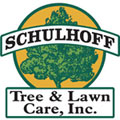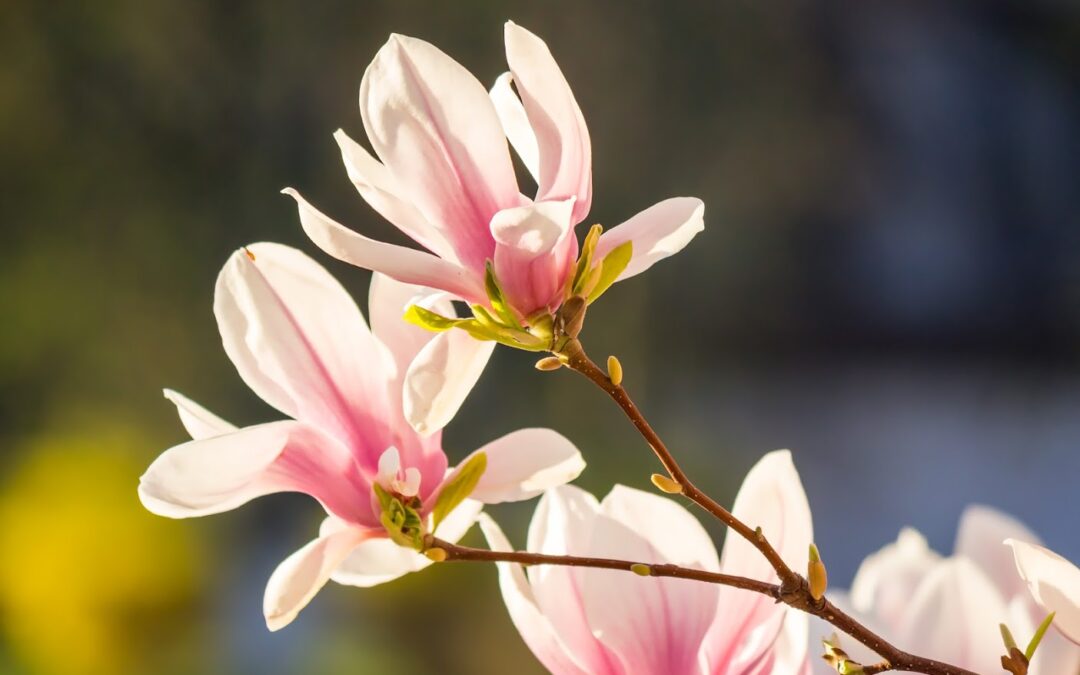Spring and summer are traditionally thought of as the seasons for blooming trees and plants, but many trees and plants actually bloom at other times of year. If you choose your landscape trees carefully, you have the opportunity for cheerful blossoms in fall and even wintertime.
Here are a few of the landscaping trees that will obligingly offer these cheerful out-of-season flowers in fall or even in a chilly Denver winter.
Quince
Hardy all the way down to zone 4, Quince can work well in a Denver landscape. Quince straddles the line between a small tree and a large shrub, so keep it pruned into a tree shape. This small tree typically offers peach-colored flowers that may arrive at any time from December to early spring, depending on the variety and other variables. These trees can even produce fruit.
If you want a different color of blooms, look for a variety of quince developed for red, pink, or white flowers. But be sure to check the blooming time, since it can vary between varieties; some cultivars may bloom in spring rather than winter.
Like any late-winter or early-spring bloomer, you’ll want to place your quince in a protected site such as the north side of your house. This will reduce the chances that the buds or blossoms could be killed by a deep freeze (since developing flowers may be more cold-sensitive than the tree itself).
Witch Hazel
While it’s not a famous or showy bloomer, witch hazel does bloom at a time when practically nothing else is blooming: October, November, and December. The flowers are small but impressively yellow-hued. You can also find cultivars that bloom later (even into the spring), so if you’re looking for October blooms, be careful to select common witch hazel.
Witch hazel is not a large tree, but it can grow up to 30 feet or so, making it a great size for landscaping. You can keep witch hazels pruned into a classic tree shape or you can also grow them as large shrubs, trimmed to stay the desired size.
Fall-Blooming Cherry Trees
Flowering cherries are one of the quintessential landscape trees. But while most cherry trees are known for flowering in spring, a few may bloom again in the autumn. This double-blooming habit can mean you get twice as many shows out of the same tree, in addition to colored fall foliage and perhaps even some fruit.
Cherry trees can vary in size, hardiness, and other factors, so talk to your tree expert about which one to choose for best performance and which ones are most likely to rebloom in fall in your area.
Star Magnolia or Japanese Magnolia
Not all magnolias are sensitive creatures of the South. Some are hardy in Colorado, and may even offer up their oversized blossoms and fragrance as early as late winter. Japanese magnolias (also called saucer magnolias) may bloom in February. These small-to-medium sized trees provide hundreds of blooms that can range from purple to pink to yellow.
Another of the earliest bloomers is the star magnolia, which is hardy to zone 4 and typically has large white flowers. It’s often used as a bush in landscaping but may also form a small tree if pruned correctly. While the trees are cold hardy, you’ll want to place them in a protected spot to avoid winter kill of the flower buds, although this may result in slightly later bloom time.
As you can see, choosing your landscaping trees carefully can keep your landscape from looking colorless at any point during the year. Choosing multi-bloom trees, trees that offer both flowers and fall foliage, and a few trees that provide fall and winter flowers can help your yard stay bright and cheery even during the colder months.
Keep in mind that some trees will perform better in Denver and even in your specific planting site than others. This is because climate, soil composition, sun exposure, and similar factors can affect tree growth and health. For more information on choosing, siting, and caring for your landscaping trees, contact a local tree expert such as Schulhoff Tree & Lawn Care, Inc. today.

